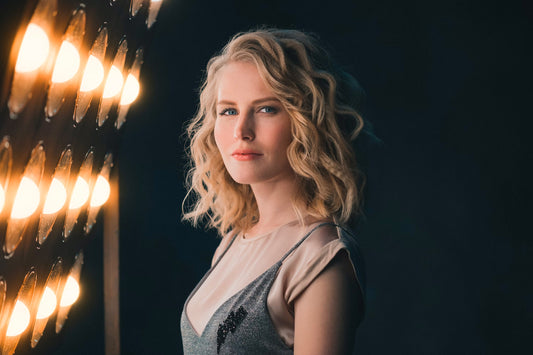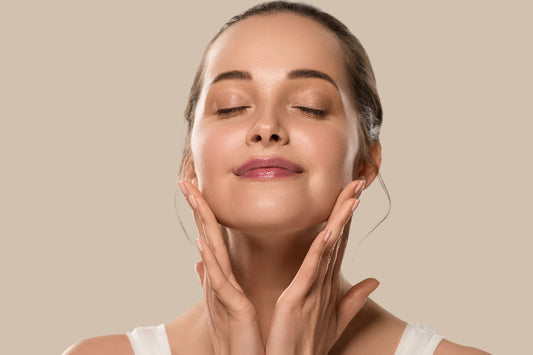A lightweight and velvety texture that preps the skin and instantly blurs away imperfections.
Cosmetics have been an integral part of human civilization for centuries. People have been using various substances to enhance their appearance since ancient times. Cosmetics are products that are used to enhance or alter the appearance of the face and body. They are used for various purposes such as enhancing beauty, covering imperfections, and protecting the skin. In this blog, we will discuss the history of cosmetics, the different types of cosmetics, and their uses.
History of Cosmetics:
The use of cosmetics dates back to ancient times, with evidence of cosmetics being used in various civilizations for thousands of years. Here's a brief overview:
-
Ancient Civilizations:
- Egypt: Egyptians are known for their extensive use of cosmetics. Both men and women used various products, such as kohl for eye makeup and oils for skincare.
- Greece and Rome: Cosmetics were widely used, and elaborate beauty rituals were common among the upper classes.
-
Middle Ages:
- The use of cosmetics declined in Europe during the Middle Ages due to religious beliefs associating makeup with sin.
-
Renaissance:
- Cosmetics experienced a revival during the Renaissance as a symbol of status and beauty.
-
18th and 19th Centuries:
- Heavy makeup and elaborate hairstyles were fashionable. Beauty products often contained harmful substances, and skincare was not a primary focus.
-
20th Century:
- The beauty industry expanded, and cosmetics became more widely available. The emphasis on skincare increased, and new products and formulations were introduced.
-
21st Century:
- The beauty industry continues to evolve with advancements in technology, increased awareness of skincare, and a focus on diverse beauty standards.
Types of Cosmetics and Their Uses:
-
Skincare:
- Cleansers: Remove dirt and makeup.
- Toners: Balance the skin's pH and prepare it for other products.
- Moisturizers: Hydrate and nourish the skin.
- Serums: Target specific skincare concerns with concentrated active ingredients.
- Sunscreen: Protect the skin from UV rays.
-
Makeup:
- Foundation: Even out skin tone.
- Concealer: Cover blemishes or dark circles.
- Blush/Bronzer: Add color and contour to the face.
- Eyeshadow: Enhance eye features with color.
- Eyeliner: Define the eyes.
- Mascara: Lengthen and darken eyelashes.
- Lipstick/Lip Gloss: Add color to the lips.
- Setting Spray/Powder: Set makeup for long-lasting wear.
-
Hair Care:
- Shampoo and Conditioner: Cleanse and condition hair.
- Styling Products: Gel, mousse, hairspray, etc., for styling.
-
Fragrances:
- Perfumes and Colognes: Add a pleasant scent.
-
Nail Care:
- Nail Polish: Color and protect nails.
- Nail Care Products: Cuticle oil, nail strengtheners, etc.
-
Specialized Cosmetics:
- Special Effects Makeup: Used in theater, film, or for creative purposes.
- Tattoo Cover-Up: Conceals tattoos temporarily.
- Body Paint: Used for artistic or temporary body decoration.
-
Organic and Natural Cosmetics:
- Products made from natural or organic ingredients, catering to a growing demand for sustainable and eco-friendly options.
Cosmetics serve various purposes, from enhancing natural beauty to artistic expression. Advances in cosmetic science continue to drive innovation, offering an array of products to meet diverse beauty needs and preferences. The industry is also increasingly focused on inclusivity, embracing various skin tones, types, and beauty standards.




